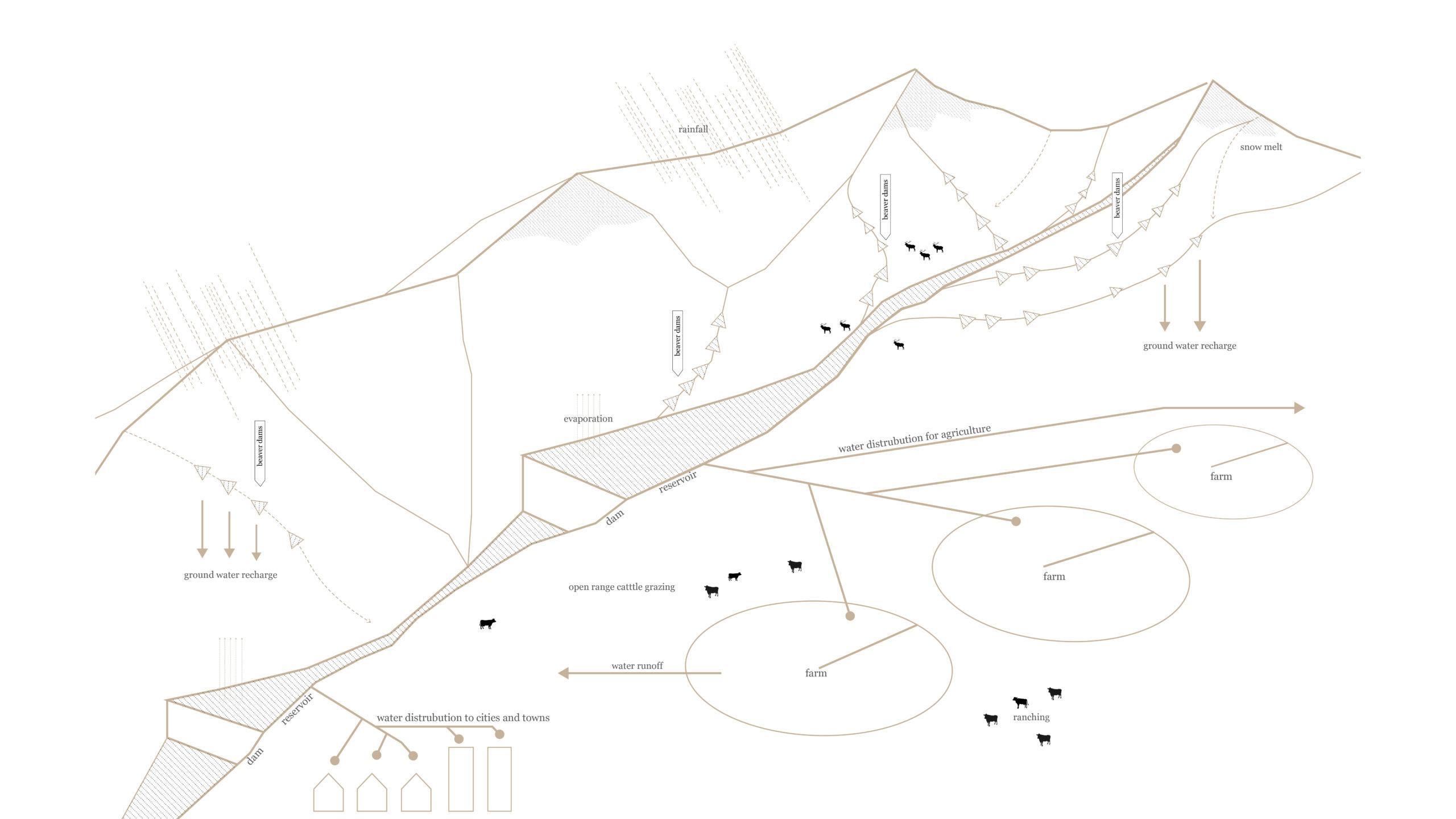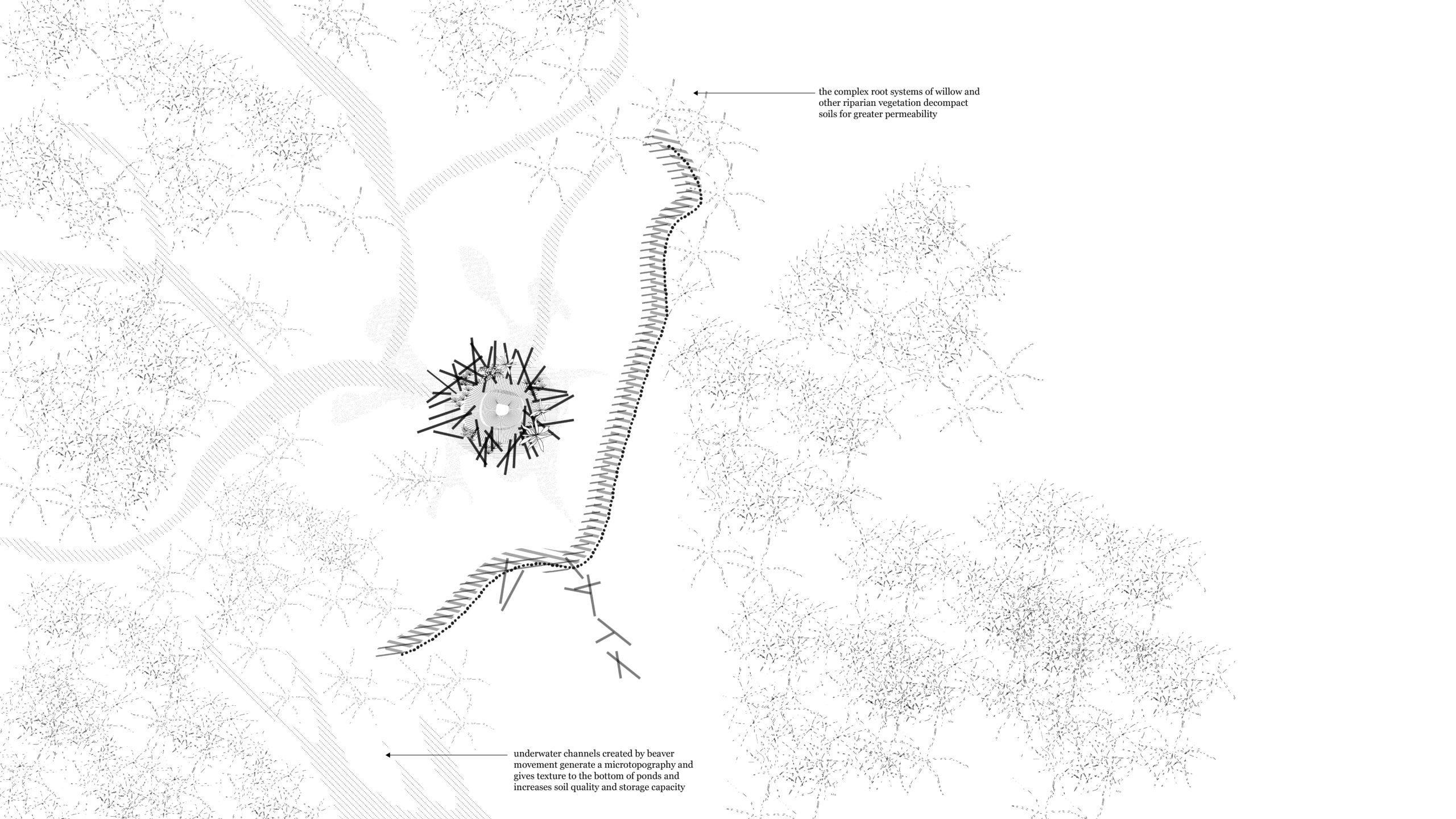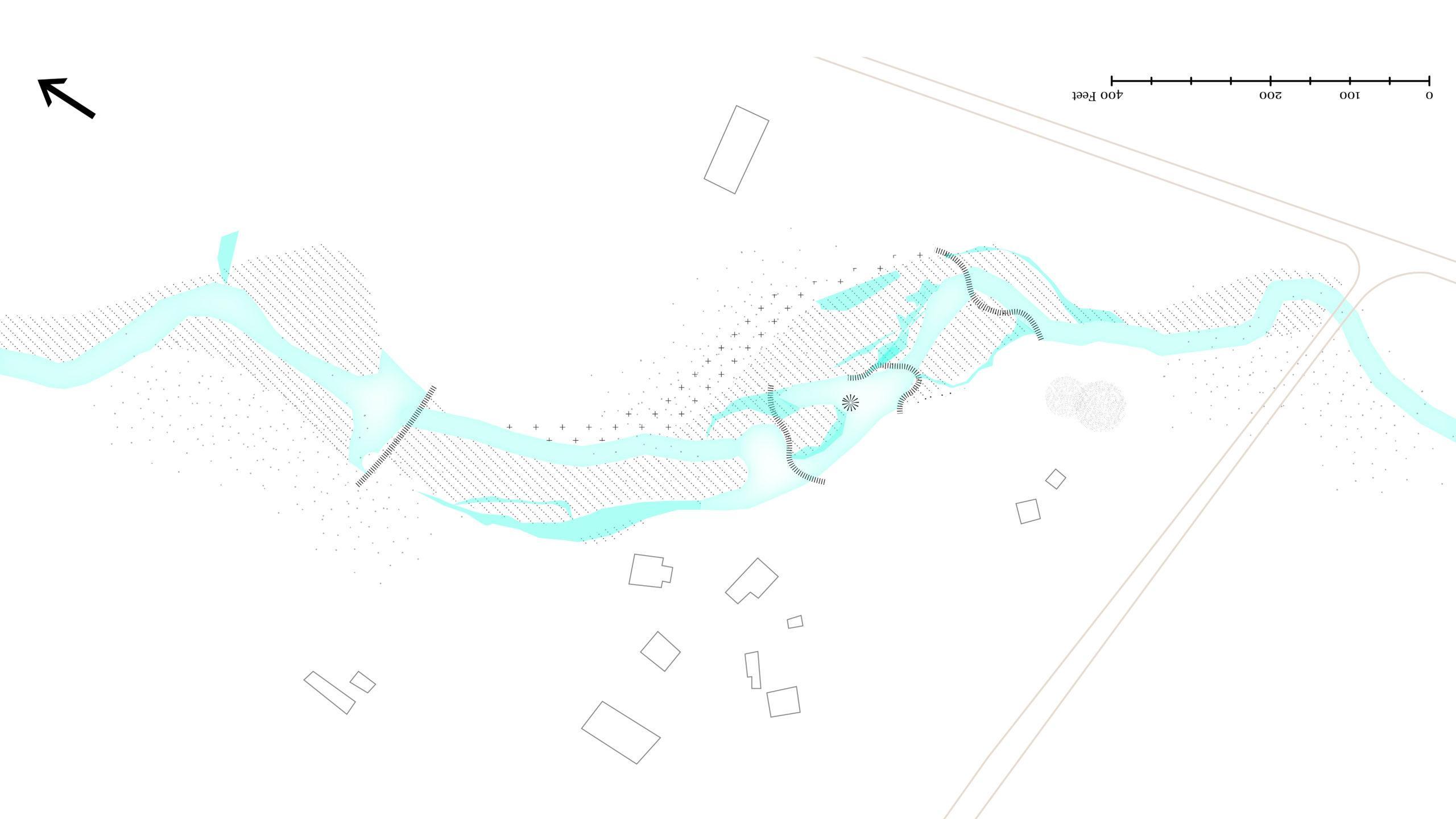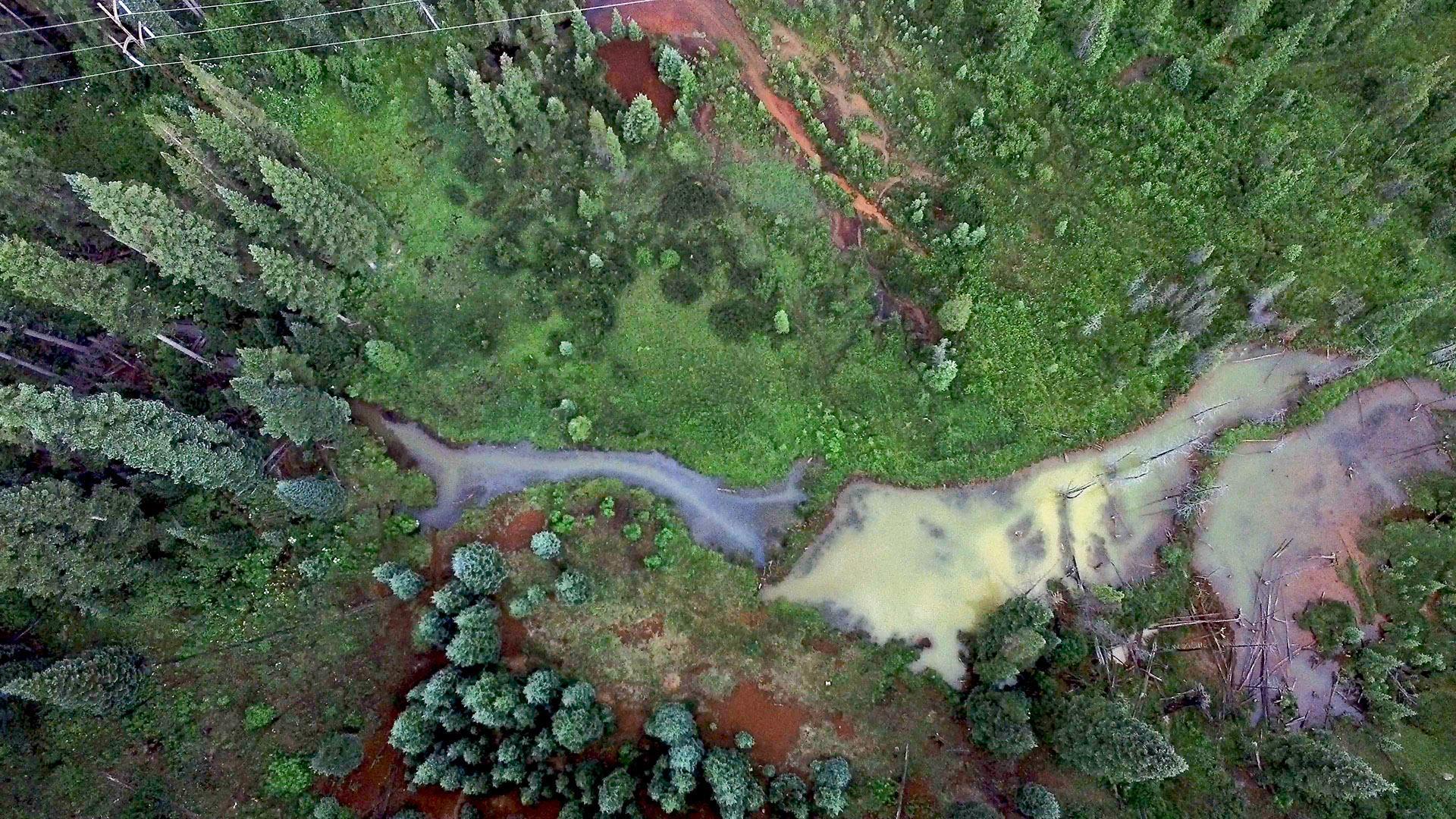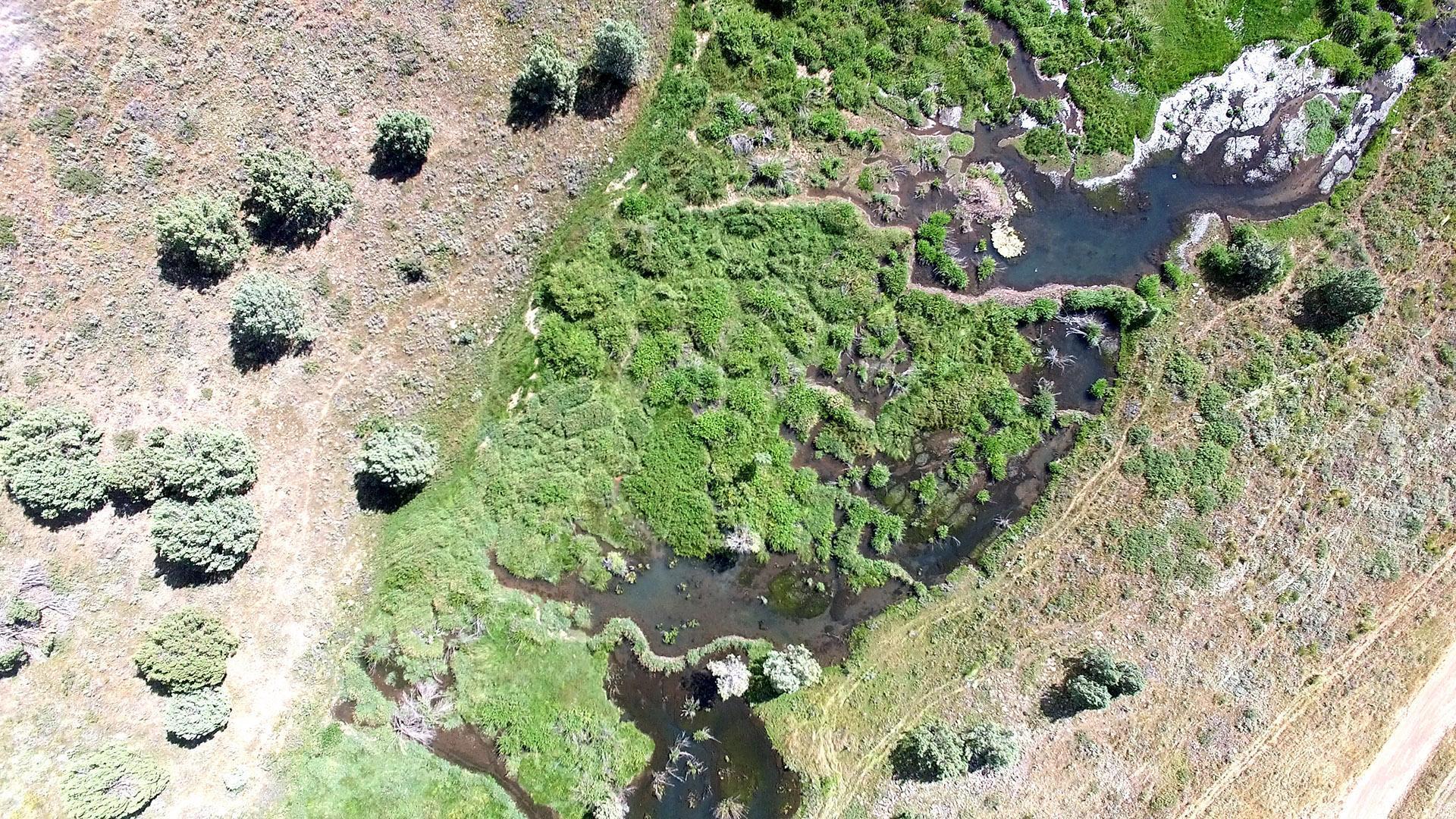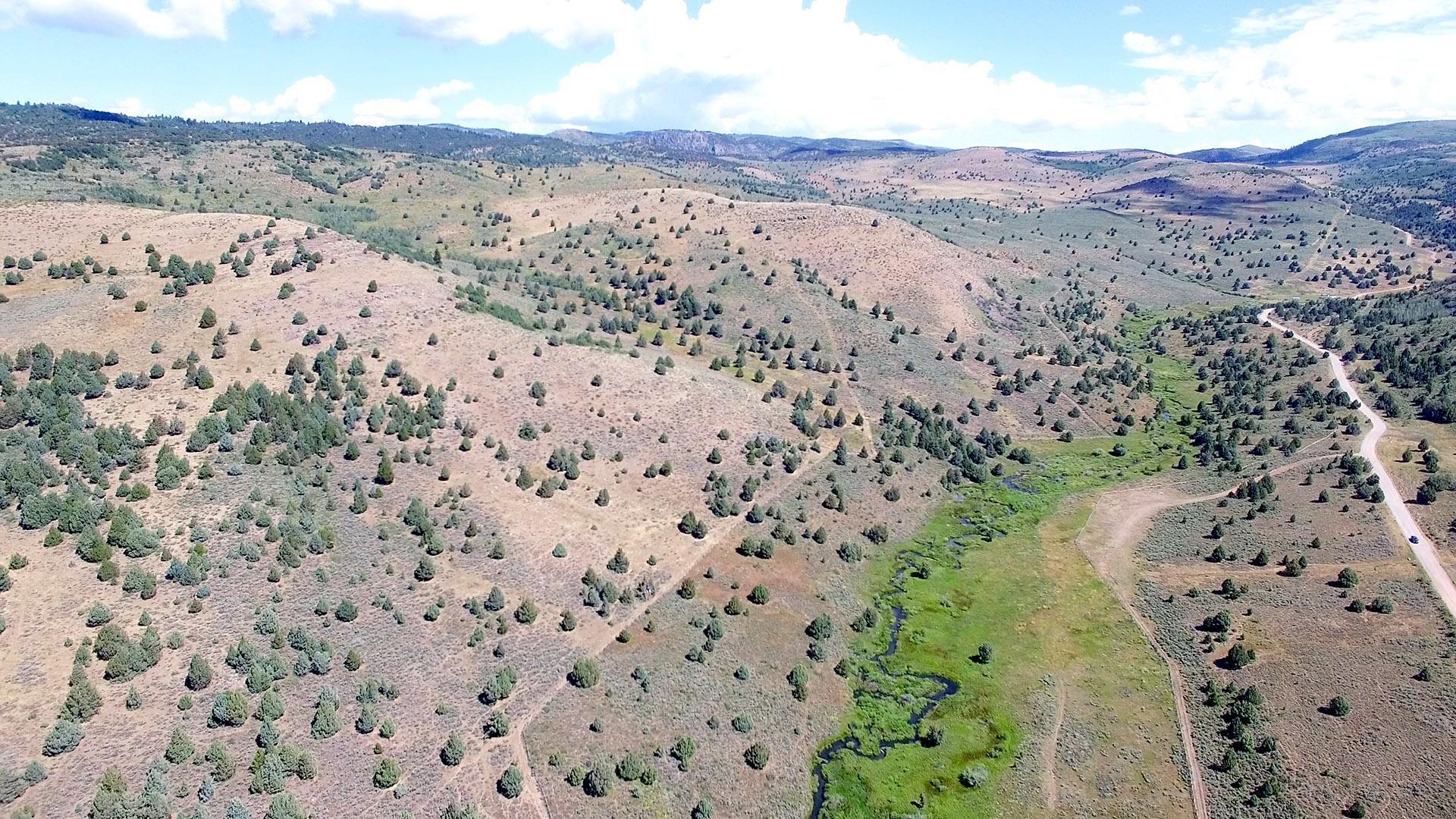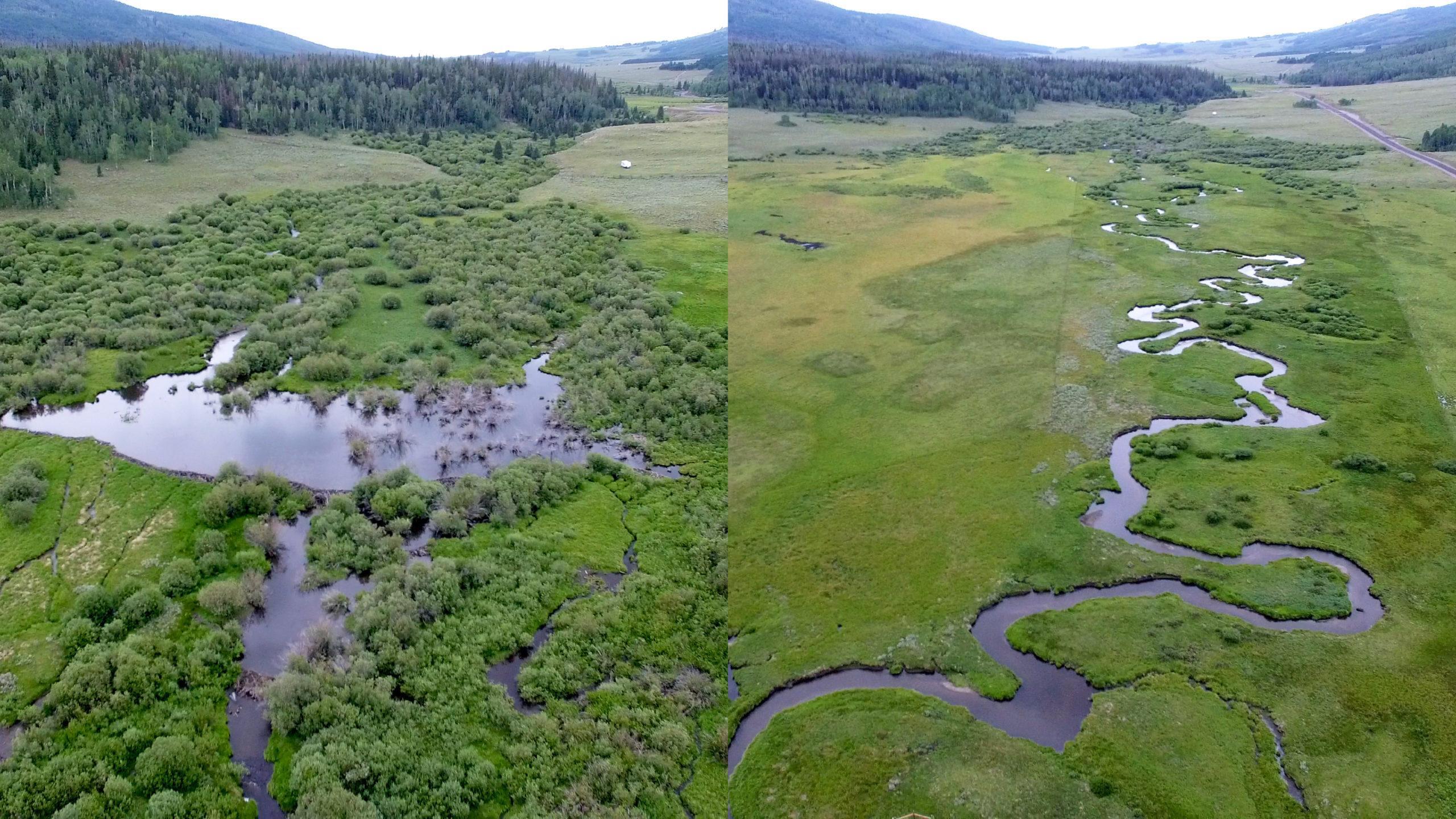From Drain Age to Retain Age
Supported by the Penny White Project Fund at the Harvard University Graduate School of Design, this research investigates the role of wildlife, living systems and interspecies dynamics in the cultivation and evolution of wetlands in the Southwestern US as they relate to an increasingly arid climate.
Framed by the story of the North American beaver (Castor canadensis), this work reflects on how the marginalization of the beaver through hunting and loss of wetland habitat have paralleled dramatic land use changes impacting water resource management and ecosystem health; these shifts have led to drier and more homogeneous riparian systems. In this context, and over the course of the past three decades, landscape infrastructure has emerged as a key area of research in the design disciplines, while a living systems approach to wetland design and management has been proposed as an effective way to mitigate water scarcity. Little research has been done on the cumulative impacts of extensive beaver-generated discontinuities on river systems when considered as large-scale networks as they existed before the 18th century. It is widely accepted that these cycles of stream succession are important for water retention.
Photo credits:
All images and photos courtesy of Stacy Passmore
ClientFunded By Harvard University Graduate School of Design - Southwestern U.S. | New Mexico, Colorado, Utah, IdahoServicesLandscape DesignYear2022


